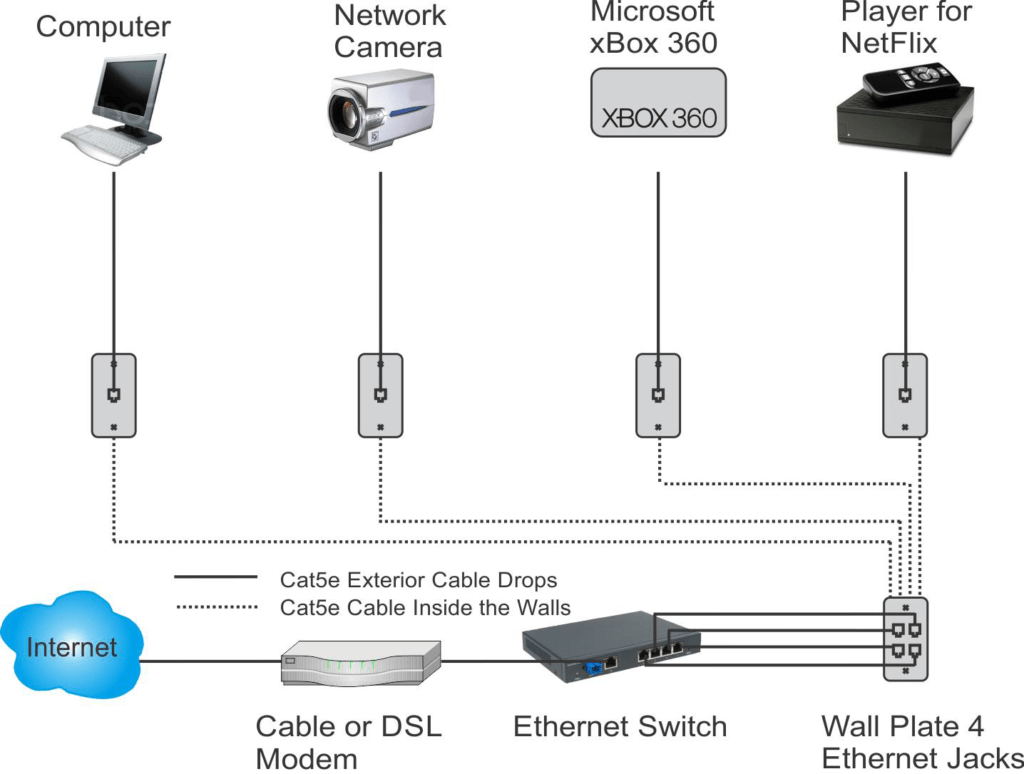Switches bring bridging functionality to the network. Also, they allow micro-LAN segmentation allowing to manage bandwidth for each node connected through switch. Network could be virtually segmented in multi-mode LANs with help of switches.
Switches work either at Link or Network layer of the OSI references model. Unlike other solutions, where bringing is done with software, switches offer hardware bridging with improved speeds.

Functionality of some switches can be expanded with the use of pluggable transceivers. The standards for pluggable transceivers is a GBIC (Gigabit Ethernet Interface Converter), or SFP’s (Small Form Pluggable) Transceivers could be switched with switch powered on, that is why they are called “hot-swappable”. The GBIC allow system administrator to add different optical port types which gives additional flexibility. Also, for higher transmission speeds, XFP, SFP+ and QSFP modules are available, If the network configuration is about to change or network scale is increasing or decreasing only pluggable transceivers need to be changed. Built-in solutions (without GBIC support) are generally used in situations where variety of interfaces is not essential. It allows to save cost and space per port in the switch.
Like already said above, evolutionary successor of GBIC is SFP (Small Form Factor Pluggable) module. It relies on LC for connector interface. SFP+ supports speeds of up to 10 Gigabit Ethernet.


